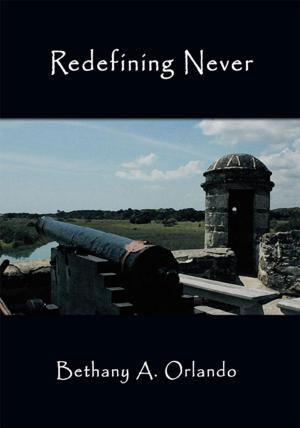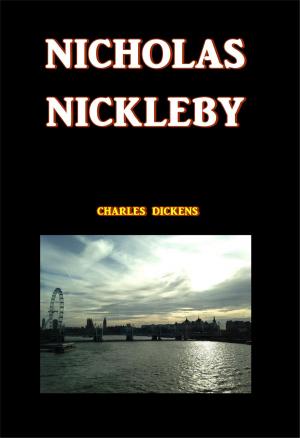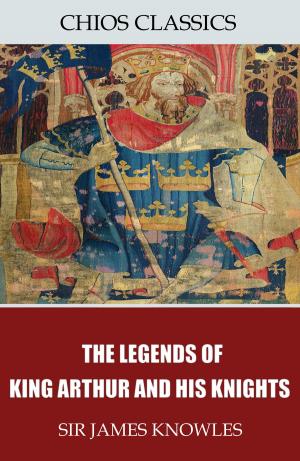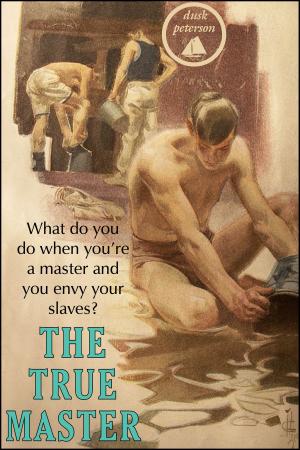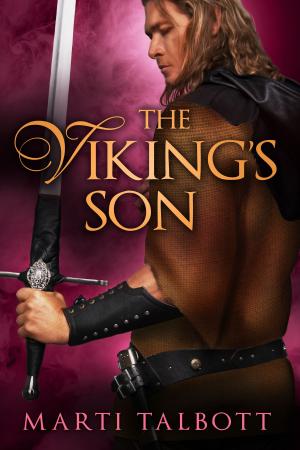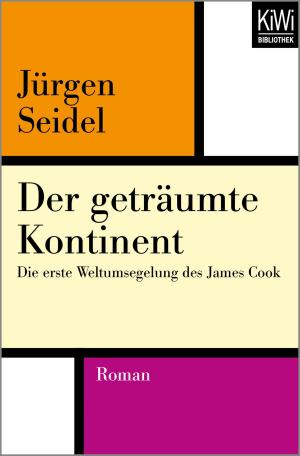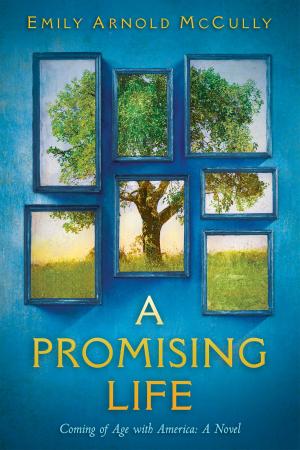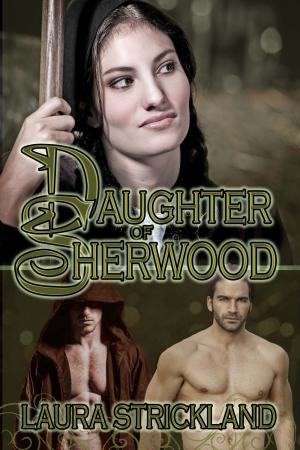| Author: | Darren Jerome | ISBN: | 1230000190129 |
| Publisher: | Rusali | Publication: | November 15, 2013 |
| Imprint: | Language: | English |
| Author: | Darren Jerome |
| ISBN: | 1230000190129 |
| Publisher: | Rusali |
| Publication: | November 15, 2013 |
| Imprint: | |
| Language: | English |
It began as Bytown, after Colonel John By who built the Rideau Canal since the canal was the only reason for the town to exist. Workers were needed to clear the land and prepare the ground and stone works, thousands of them, and these workers needed someplace to live. But it could just as easily have been called Bi-town given the geographic and cultural divides that cut the town in half.
A largely Irish/French populace made its home in Lowertown, with many living in hastily-constructed tenements built on freshly-drained swampland along the canal's east bank. The more established, primarily English and Scottish, community of Uppertown was about a kilometer west. These two "towns" were separated by newly-constructed canal, brush and swamp and linked by a single path that cut across what has since become the city's downtown core.
Even the waters ran different then. The Lay By, a half-kilometre-wide turning basin which bulged like a distended stomach just before the final flight of locks is long-since filled in. So too is a narrow, fetid stream called the Bywash that once meandered its way through Lowertown's Byward Market. Running west along the centre of Rideau Street, it turned sharply onto King Edward where its contents, and every form of filth imaginable, eventually emptied into the Ottawa River near to where the old City Hall now stands.
The image of this thin channel cutting through rows of hastily-built tenements imparts a disturbing but accurate image of life in Lowertown during that time. Repeatedly ravaged by cholera, the populace struggled to survive in the wake of extreme poverty and unemployment once canal construction was finished in 1832. With law enforcement scant at best, violence was commonplace and fighting raged for years, often along ethnic lines. Many Irish became known as Shiners, a word whose origin has been linked to the derisive term ‘Cheneurs’, or Oak Cutters, in reference to the wood they cleared during canal construction. Violence increased further still in 1835 with the appearance of successful lumber baron Peter Aylen. In an attempt to establish a monopoly in a lucrative industry, Aylen successfully galvanized collective Shiner angst in order to drive out any who stood in his way. This bloody period, which ran until 1837, became known as the Shiner War.
Lowertown is the home of the fictional Brislin family, and the setting for this narrative. At its heart it is the story of two young Irish brothers, Richard and Hugh, and the paths they take which put them on a collision course during the most vicious period of a city’s violent past.
It began as Bytown, after Colonel John By who built the Rideau Canal since the canal was the only reason for the town to exist. Workers were needed to clear the land and prepare the ground and stone works, thousands of them, and these workers needed someplace to live. But it could just as easily have been called Bi-town given the geographic and cultural divides that cut the town in half.
A largely Irish/French populace made its home in Lowertown, with many living in hastily-constructed tenements built on freshly-drained swampland along the canal's east bank. The more established, primarily English and Scottish, community of Uppertown was about a kilometer west. These two "towns" were separated by newly-constructed canal, brush and swamp and linked by a single path that cut across what has since become the city's downtown core.
Even the waters ran different then. The Lay By, a half-kilometre-wide turning basin which bulged like a distended stomach just before the final flight of locks is long-since filled in. So too is a narrow, fetid stream called the Bywash that once meandered its way through Lowertown's Byward Market. Running west along the centre of Rideau Street, it turned sharply onto King Edward where its contents, and every form of filth imaginable, eventually emptied into the Ottawa River near to where the old City Hall now stands.
The image of this thin channel cutting through rows of hastily-built tenements imparts a disturbing but accurate image of life in Lowertown during that time. Repeatedly ravaged by cholera, the populace struggled to survive in the wake of extreme poverty and unemployment once canal construction was finished in 1832. With law enforcement scant at best, violence was commonplace and fighting raged for years, often along ethnic lines. Many Irish became known as Shiners, a word whose origin has been linked to the derisive term ‘Cheneurs’, or Oak Cutters, in reference to the wood they cleared during canal construction. Violence increased further still in 1835 with the appearance of successful lumber baron Peter Aylen. In an attempt to establish a monopoly in a lucrative industry, Aylen successfully galvanized collective Shiner angst in order to drive out any who stood in his way. This bloody period, which ran until 1837, became known as the Shiner War.
Lowertown is the home of the fictional Brislin family, and the setting for this narrative. At its heart it is the story of two young Irish brothers, Richard and Hugh, and the paths they take which put them on a collision course during the most vicious period of a city’s violent past.

